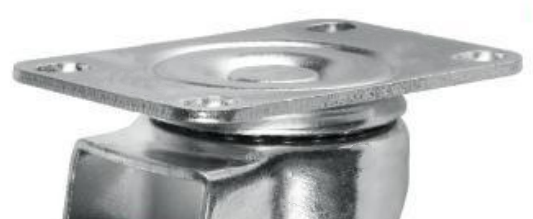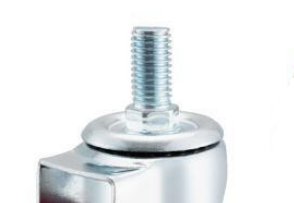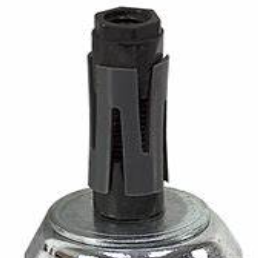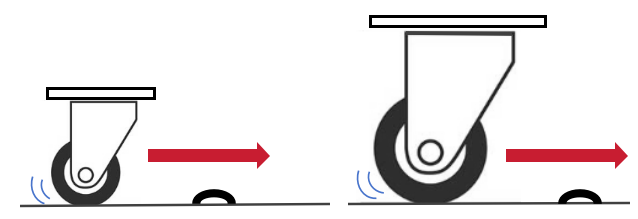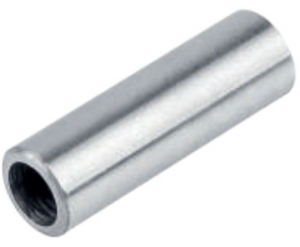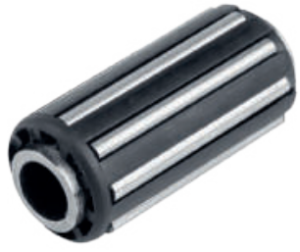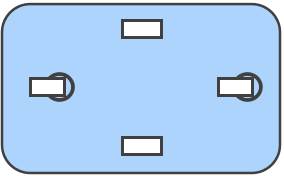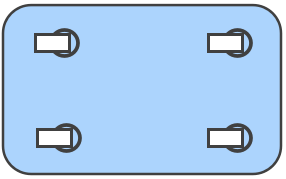Hi! Welcome to WheelsWaycaster.com. Let us guide you through this medical casters page.
Medical casters are essential components designed to facilitate the smooth movement of medical equipment within healthcare facilities.
At WheelsWay, we offer a comprehensive range of medical casters and wheels to the requirements of hospitals and medical practices. Whether it’s stainless steel casters or nylon-bodied casters, our products are rust-resistant and can withstand exposure to chemicals and washdowns.


